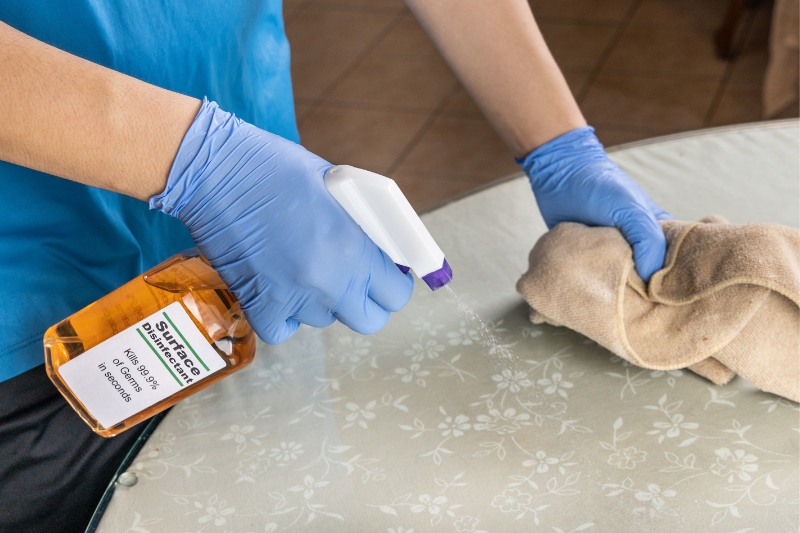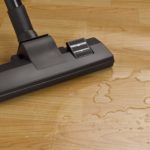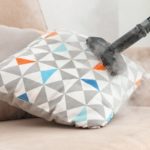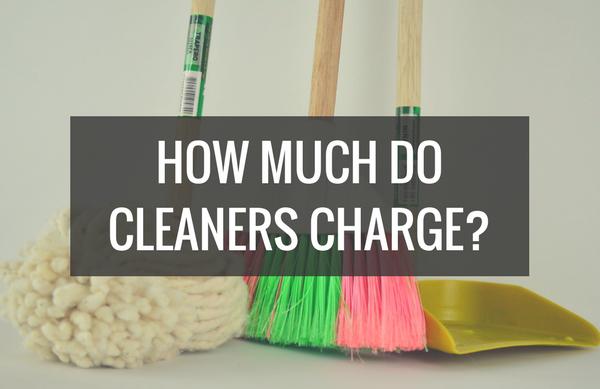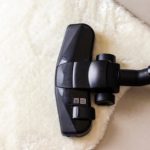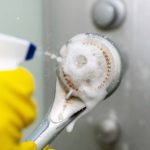We’ve all seen adverts promoting the next greatest cleaning product with increasingly vibrant and brash marketing campaigns.
However, one of the questions that endures through all the snazzy ads and clever copy is, “If this product is so good, why does it only kill 99.9% of bacteria?”
A fair question, and the follow up is usually a rumination on what that mysterious 0.1% of seemingly indestructible bacteria might be, if it even exists at all.
Is the 99.9% Figure Just for Marketing or Legal Reasons?
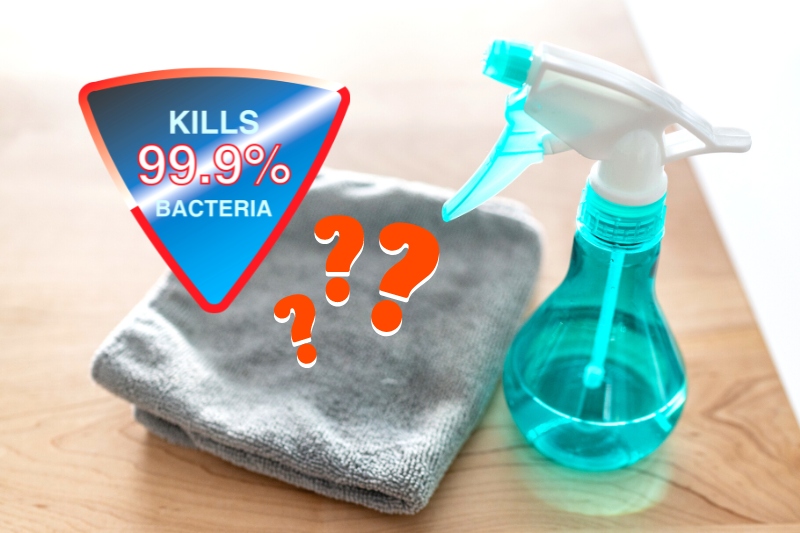
If you’re a bit cynical, you might assume that manufacturers would like to say their products kill 100% of germs, but are worried about being legally challenged in case someone identifies germs on a surface after using it.
By claiming 99.9% effectiveness, the manufacturer is leaving itself some breathing space in the case of their product not being 100% effective.
However, is this the case? Or do we need to tone down the cynicism a notch or two?
Well, according to Benjamin Tanner, President and CEO of Antimicrobial Test Laboratories, 99.9% is the threshold the U. S. Environmental Protection Agency (EPA) requires for manufacturers to market products as sanitisers.
Also, the 99.9% figure doesn’t necessarily mean that it will kill at least 99.9% of all germs, only the specific germs listed on the label.
It’s important to note that the EPA is a U.S. governmental body, and products in the UK and Europe are tested according to different standards.
In the UK and Europe, BS EN 1276 certification is used to determine whether a product is antibacterial. To qualify, the product must kill 99.999% of bacteria within five minutes of use.
Are the Other 0.1% Specific Types of Germs?
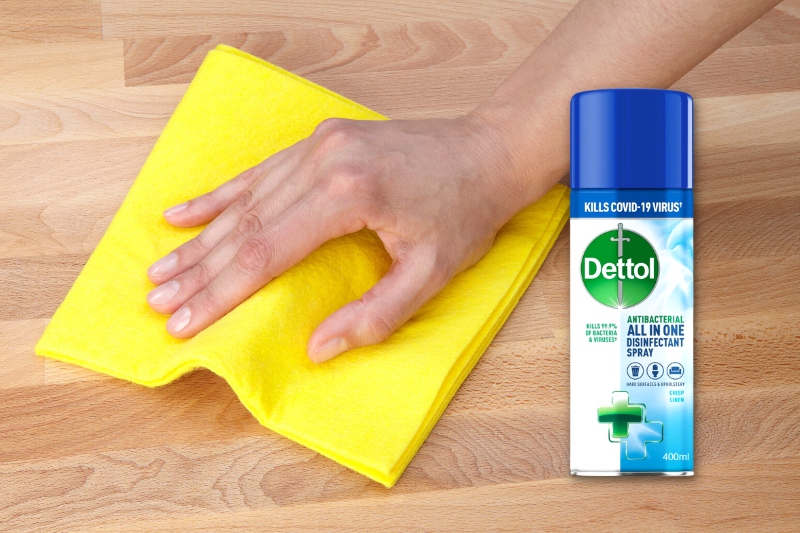
Most cleaning products will list the bacteria and viruses they are tested on.
For example, Dettol All in One Disinfectant Spray claims to kill 99.9% of bacteria and viruses, and lists the specific bacteria and viruses it has been tested on.
Therefore, up to 0.1% of these specific germs might remain after using the product.
However, we don’t know what other types of germs might remain on the surface, or what percentage of them will have been killed.
It’s safe to assume that if a product kills the most common germs, it will also kill other germs.
Should You Worry About the Other 0.1%?
Whether or not killing 99.9% of germs is enough depends on what you are using the cleaning product for.
For general household cleaning, eliminating 99.9% of germs should be enough. However, if you are cleaning professional kitchens or hospitals for example, you should look for something tested to a higher standard.
How Can I Increase the Efficacy of My Cleaning Products?
There are a few ways in which you can improve the efficacy of your cleaning agents. We’ve listed some for you below:
Scrubbing
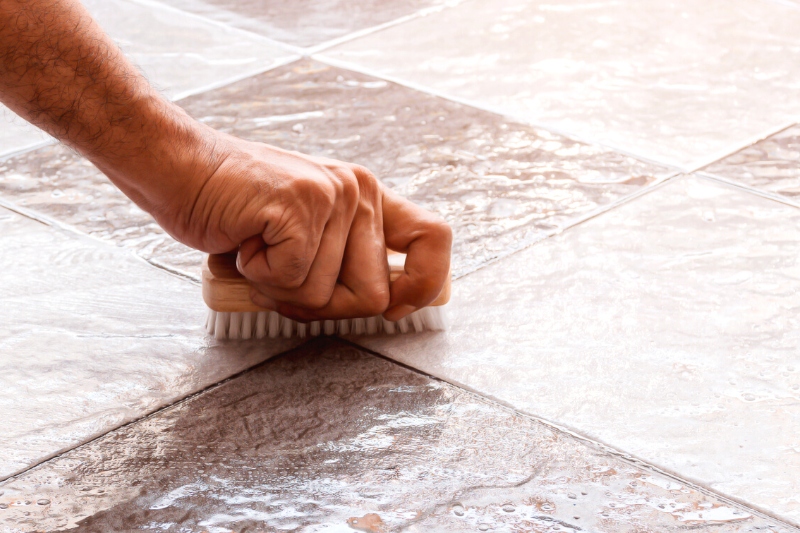
The CDC claims that “the physical action of scrubbing with detergents and surfactants and rinsing with water removes substantial numbers of microorganisms”.
However, they also issue some caution by saying that “if a surface is not cleaned first, the success of the disinfection process can be compromised”.
So, by all means scrub away, just do your due diligence first.
Clean frequently
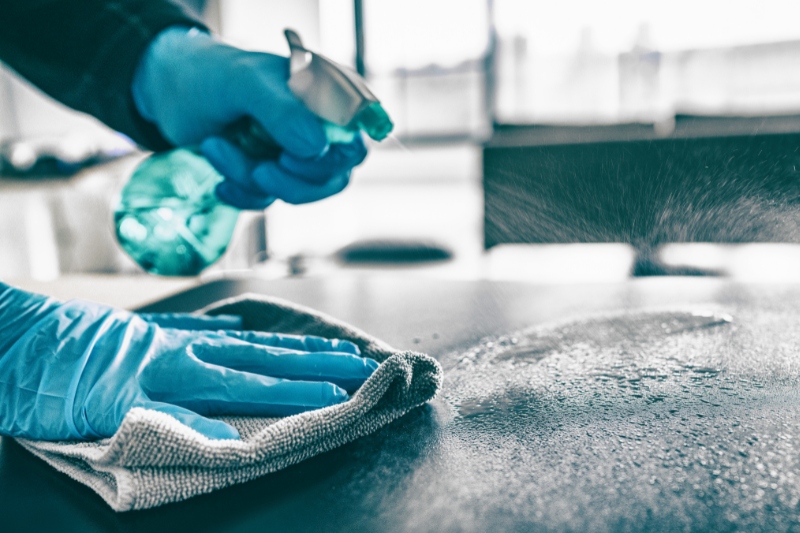
Simply keeping on top of cleaning and disinfecting your surfaces is a very effective way of helping your products be as effective as possible.
By doing this, you help prevent the overbuilding of microorganisms in the first instance, making the disinfection process much simpler.
Limit contact
In short, limit the amount of contact points you use during the cleaning process.
This means a reduced chance for bacteria to transfer to different surfaces and escape the cleaning process.

Lover of coffee, painting, and all things cute and fluffy. I’m always on the lookout for easier, more gentle ways to tackle awful household chores.
